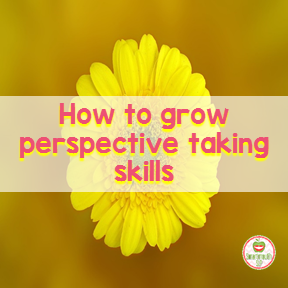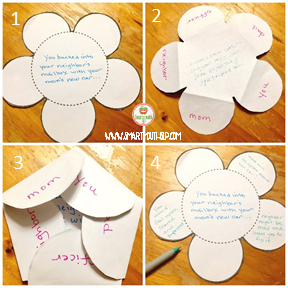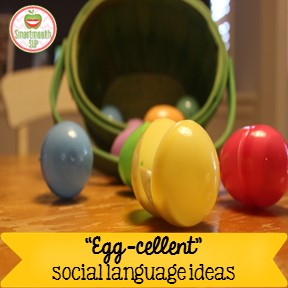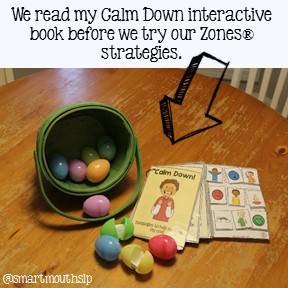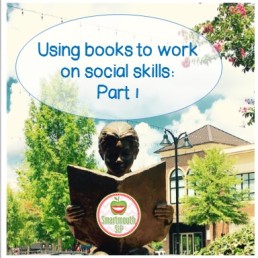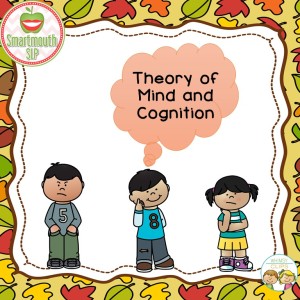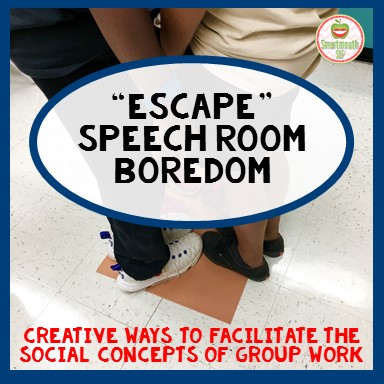
I love a good puzzle and a challenge, so naturally my curiosity was piqued when my son came home after a Breakout adventure with his friends. These adventures are themed rooms where you are “locked” in, such as a jewel heist or the CDC during a Zombie outbreak, until you solve several clues. They are elaborate and creative fun and the group has to work together, or nobody gets out alive wins the challenge. After thinking about how cool this idea is, my second thought was why not try this in speech?
One of the skills that I find I need to address over and over again with my social language students is the concept of working in a group successfully with peers. There are so many social concepts to scaffold prior to working in a group such as sharing personal space, whole body or active listening skills, turn taking, maintaining a topic, perspective taking, emotional regulation, executive function and more! However, we are requiring even our Pre-K kiddos to master this skill pretty quickly in the school setting. These skills are also embedded in the common core under the Speaking and Listening strands Working cooperatively is a life skill and if our kids can’t learn to develop these skills in their early years, how do you think college, jobs or even living in a community is going to go? Not well.
Out of this skill set, my Connect the Dots: Cornucopia Caper group work product was born! I wanted a fun way to work on a tough social skill with my upper grade students. It’s always good to shake it up a bit to avoid boredom, right?
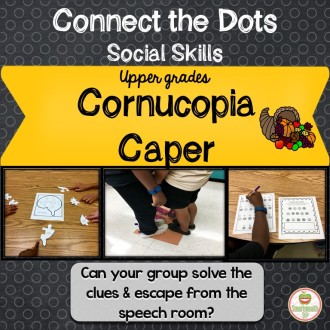
I created a print and go packet of activities perfect for November social groups with seven puzzles and challenges to solve. I set up a secret mission for my students and they must work together to solve all of the challenges (logic and physical) to “escape” the speech room. I have included templates for group rules and a rubric for data collection on this skill set.
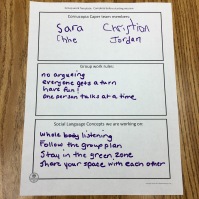
Setting up for success
There are “How to Use” instructions included as well as mission descriptions for your students and an instruction guide/answer key for the SLP in each section.
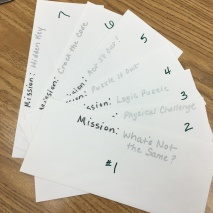
7 challenges to solve
Your students need to work together to solve each puzzle, like this Pilgrim’s Peril physical challenge (the construction paper is the Mayflower and the floor is the ocean, all must share space to stay on the boat for thirty seconds).
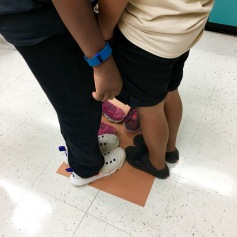
Pilgrim’s Peril
The missions can be completed in one or even over two sessions, if the students work together. There are two HELP cards included for the SLP to intervene if they cannot figure out a puzzle or are having difficulty working together.

Cipher codes to break

Puzzle it out together
The last mission is the “key” to escape and they receive a mission accomplished clue as the meet each challenge. These use these clues to solve a riddle. I also tell my students, because they tend to be very literal thinkers, that when I tell them they are working to find the key to escape the speech room, this doesn’t mean we are actually locked in the room. This reduces anxiety just a bit before we start the activity. If the idea of a timer frustrates your students within the challenges, you don’t have to use it, it’s just a suggestion to move the activity along. The goal is successfully working together, not beating the clock.
I hope this has given you a fun idea to try when practicing the social concepts of working successfully in a group ! This product is the first in a series, so check back soon for Holiday Hijinks, the next in my Connect the Dots series!
How do you work on the social concept of working in a group successfully with your students?
